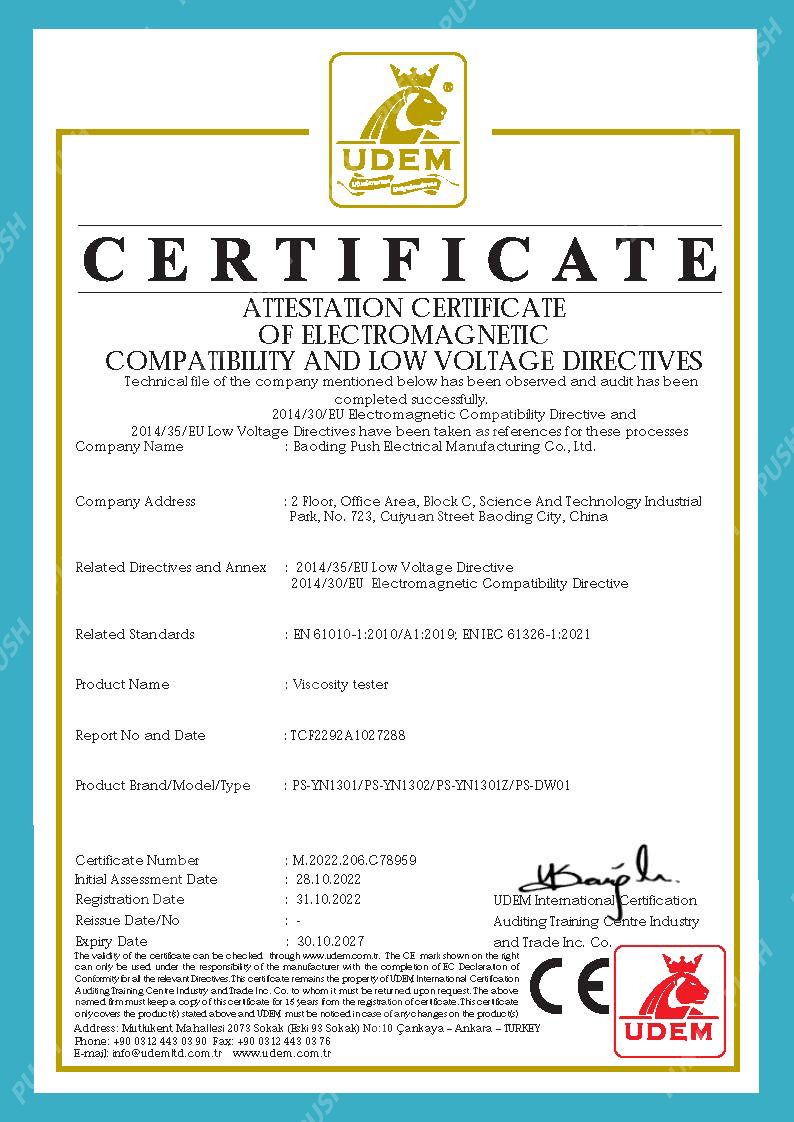 English
English



-
 Afrikaans
Afrikaans -
 Albanian
Albanian -
 Amharic
Amharic -
 Arabic
Arabic -
 Armenian
Armenian -
 Azerbaijani
Azerbaijani -
 Basque
Basque -
 Belarusian
Belarusian -
 Bengali
Bengali -
 Bosnian
Bosnian -
 Bulgarian
Bulgarian -
 Catalan
Catalan -
 Cebuano
Cebuano -
 China
China -
 China (Taiwan)
China (Taiwan) -
 Corsican
Corsican -
 Croatian
Croatian -
 Czech
Czech -
 Danish
Danish -
 Dutch
Dutch -
 English
English -
 Esperanto
Esperanto -
 Estonian
Estonian -
 Finnish
Finnish -
 French
French -
 Frisian
Frisian -
 Galician
Galician -
 Georgian
Georgian -
 German
German -
 Greek
Greek -
 Gujarati
Gujarati -
 Haitian Creole
Haitian Creole -
 hausa
hausa -
 hawaiian
hawaiian -
 Hebrew
Hebrew -
 Hindi
Hindi -
 Miao
Miao -
 Hungarian
Hungarian -
 Icelandic
Icelandic -
 igbo
igbo -
 Indonesian
Indonesian -
 irish
irish -
 Italian
Italian -
 Japanese
Japanese -
 Javanese
Javanese -
 Kannada
Kannada -
 kazakh
kazakh -
 Khmer
Khmer -
 Rwandese
Rwandese -
 Korean
Korean -
 Kurdish
Kurdish -
 Kyrgyz
Kyrgyz -
 Lao
Lao -
 Latin
Latin -
 Latvian
Latvian -
 Lithuanian
Lithuanian -
 Luxembourgish
Luxembourgish -
 Macedonian
Macedonian -
 Malgashi
Malgashi -
 Malay
Malay -
 Malayalam
Malayalam -
 Maltese
Maltese -
 Maori
Maori -
 Marathi
Marathi -
 Mongolian
Mongolian -
 Myanmar
Myanmar -
 Nepali
Nepali -
 Norwegian
Norwegian -
 Norwegian
Norwegian -
 Occitan
Occitan -
 Pashto
Pashto -
 Persian
Persian -
 Polish
Polish -
 Portuguese
Portuguese -
 Punjabi
Punjabi -
 Romanian
Romanian -
 Russian
Russian -
 Samoan
Samoan -
 Scottish Gaelic
Scottish Gaelic -
 Serbian
Serbian -
 Sesotho
Sesotho -
 Shona
Shona -
 Sindhi
Sindhi -
 Sinhala
Sinhala -
 Slovak
Slovak -
 Slovenian
Slovenian -
 Somali
Somali -
 Spanish
Spanish -
 Sundanese
Sundanese -
 Swahili
Swahili -
 Swedish
Swedish -
 Tagalog
Tagalog -
 Tajik
Tajik -
 Tamil
Tamil -
 Tatar
Tatar -
 Telugu
Telugu -
 Thai
Thai -
 Turkish
Turkish -
 Turkmen
Turkmen -
 Ukrainian
Ukrainian -
 Urdu
Urdu -
 Uighur
Uighur -
 Uzbek
Uzbek -
 Vietnamese
Vietnamese -
 Welsh
Welsh -
 Bantu
Bantu -
 Yiddish
Yiddish -
 Yoruba
Yoruba -
 Zulu
Zulu
transformer all test
Understanding Transformers A Comprehensive Overview
Transformers have revolutionized the field of natural language processing (NLP) and machine learning since their introduction in 2017 by Vaswani et al. in the groundbreaking paper Attention is All You Need. This architecture has not only enhanced the efficiency of various NLP tasks but has also paved the way for advancements in computer vision, audio processing, and more. This article delves into the key attributes of transformers, their functionality, and their impact on the landscape of artificial intelligence.
Understanding Transformers A Comprehensive Overview
The architecture of a transformer consists of an encoder-decoder structure. The encoder’s primary role is to process the input data and produce a set of features, while the decoder utilizes these features to generate the output. Each of these components is built from layers that contain multi-head self-attention mechanisms and feedforward neural networks. The self-attention mechanism, in particular, is crucial for capturing the relationships between words regardless of their distance in the text. This means that whether words are adjacent or far apart in a sentence, the model can effectively learn contextual relationships.
transformer all test

Another significant advantage of transformers is the use of positional encoding. Since the model does not inherently know the order of the tokens (unlike RNNs), positional encoding provides information about the position of each token in the input sequence. This allows transformers to maintain an understanding of word order, which is vital for interpreting the meaning of sentences accurately.
Transformers are highly scalable and can be trained on diverse datasets, leading to the emergence of powerful pre-trained models such as BERT (Bidirectional Encoder Representations from Transformers), GPT (Generative Pre-trained Transformer), and T5 (Text-to-Text Transfer Transformer). These models have been pre-trained on vast amounts of text data and can be fine-tuned for specific tasks such as sentiment analysis, question answering, and text generation. The ability to transfer knowledge across different tasks has made transformers more resource-efficient and effective.
The impact of transformers extends beyond NLP. Their adaptability has made them a popular choice for various applications in computer vision, such as image classification and object detection, through architectures like Vision Transformers (ViT). Additionally, transformers have found success in audio processing tasks, including speech recognition and music generation, merging the boundaries between different modalities of data.
In conclusion, the transformer architecture has set a new standard in the realm of artificial intelligence. By leveraging the attention mechanism and enabling parallel processing, transformers exhibit remarkable performance across an array of tasks. As research continues to explore their capabilities, we can anticipate further innovations that will push the frontiers of AI, making transformers a cornerstone in the development of advanced intelligent systems. The future promises to unveil even more possibilities for this versatile and powerful model.
-
Ensuring SF₆ Gas Safety: Introducing PUSH’s Integrated SF₆ Analyzer for Dew Point, Purity, and Decomposition MonitoringNewsJul.10,2025
-
Exploring the Main Types of Industrial Endoscopes and Their Applications Across IndustriesNewsJul.04,2025
-
Testing Equipment Industry Sees Major Advancements in 2025: Smart & Precision Technologies Lead the WayNewsJun.06,2025
-
Applications of Direct Current Generators in Renewable Energy SystemsNewsJun.05,2025
-
Hipot Tester Calibration and Accuracy GuidelinesNewsJun.05,2025
-
Digital Circuit Breaker Analyzer Features and BenefitsNewsJun.05,2025



